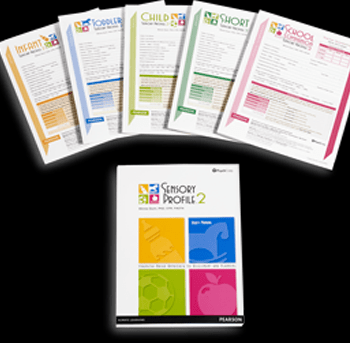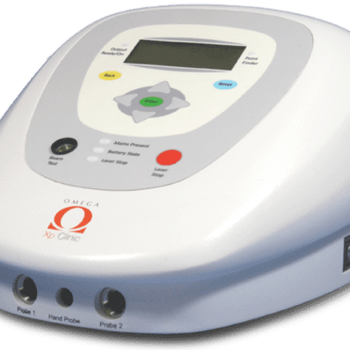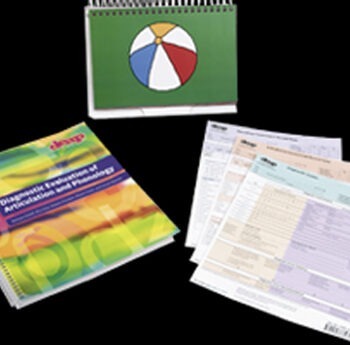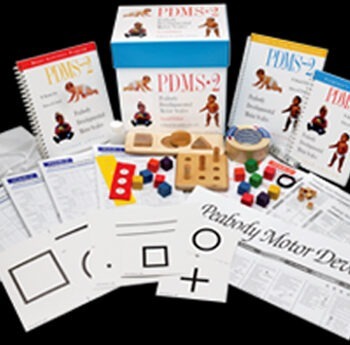PDMS-2 is a revision of the original Peabody Developmental Motor Scales from 1983.
Benefits
- Access three composite scores: Gross Motor Quotient, Fine Motor Quotient, and Total Motor Quotient.
- Helps facilitate the child’s development in specific skill areas with the Peabody Motor Activities Program (P–MAP), which is included in the kit.
- Contains new normative data representative of the current U.S. population.
Features
This early childhood motor development program contains six subtests that assess the motor skills of children.
- Reflexes: The subtest measures a child’s ability to automatically react to environmental events.
- Stationary: The subtest measures a child’s ability to sustain control of his or her body within its center of gravity and retain equilibrium.
- Locomotion: The subtest measures a child’s ability to move from one place to another. The actions measured include crawling, walking, running, hopping, and jumping forward.
- Object Manipulation: The subtest measures a child’s ability to manipulate balls. Examples of the actions measured include catching, throwing, and kicking.
- Grasping: The subtest measures a child’s ability to use his or her hands.
- Visual-Motor Integration: The subtest measures a child’s ability to use his or her visual perceptual skills to perform complex eye-hand coordination tasks such as reaching and grasping for an object, building with blocks, and copying designs.















Reviews
There are no reviews yet.